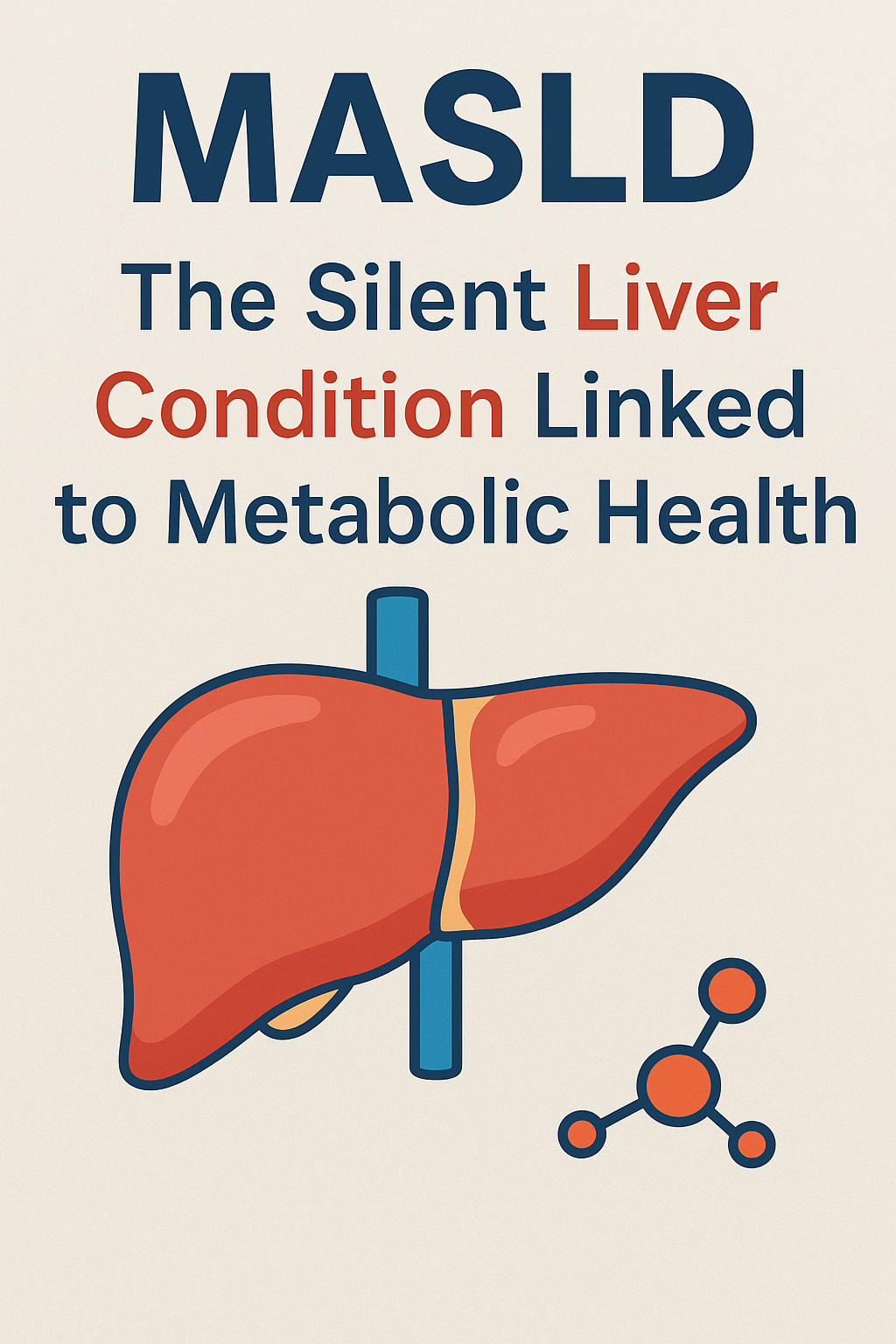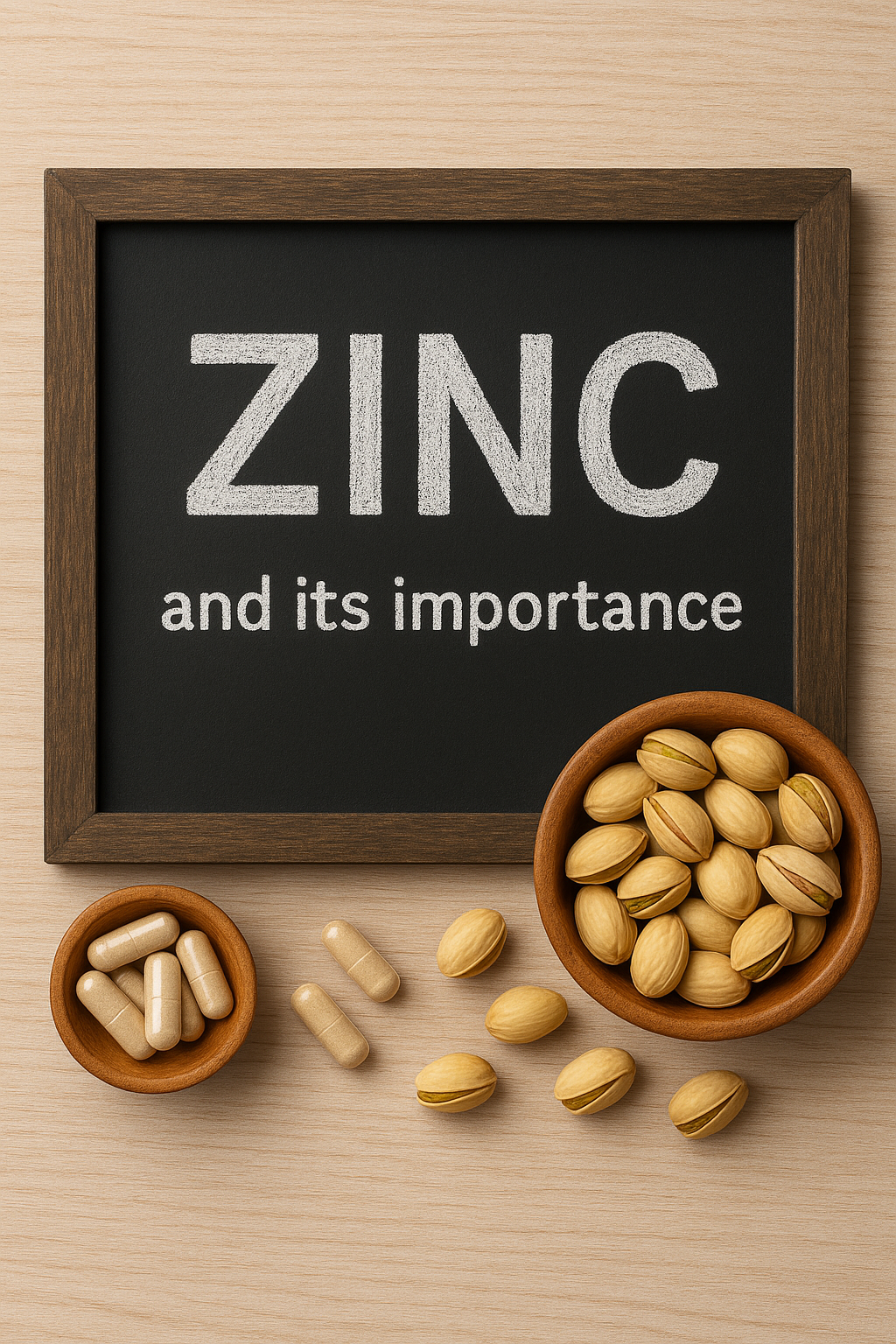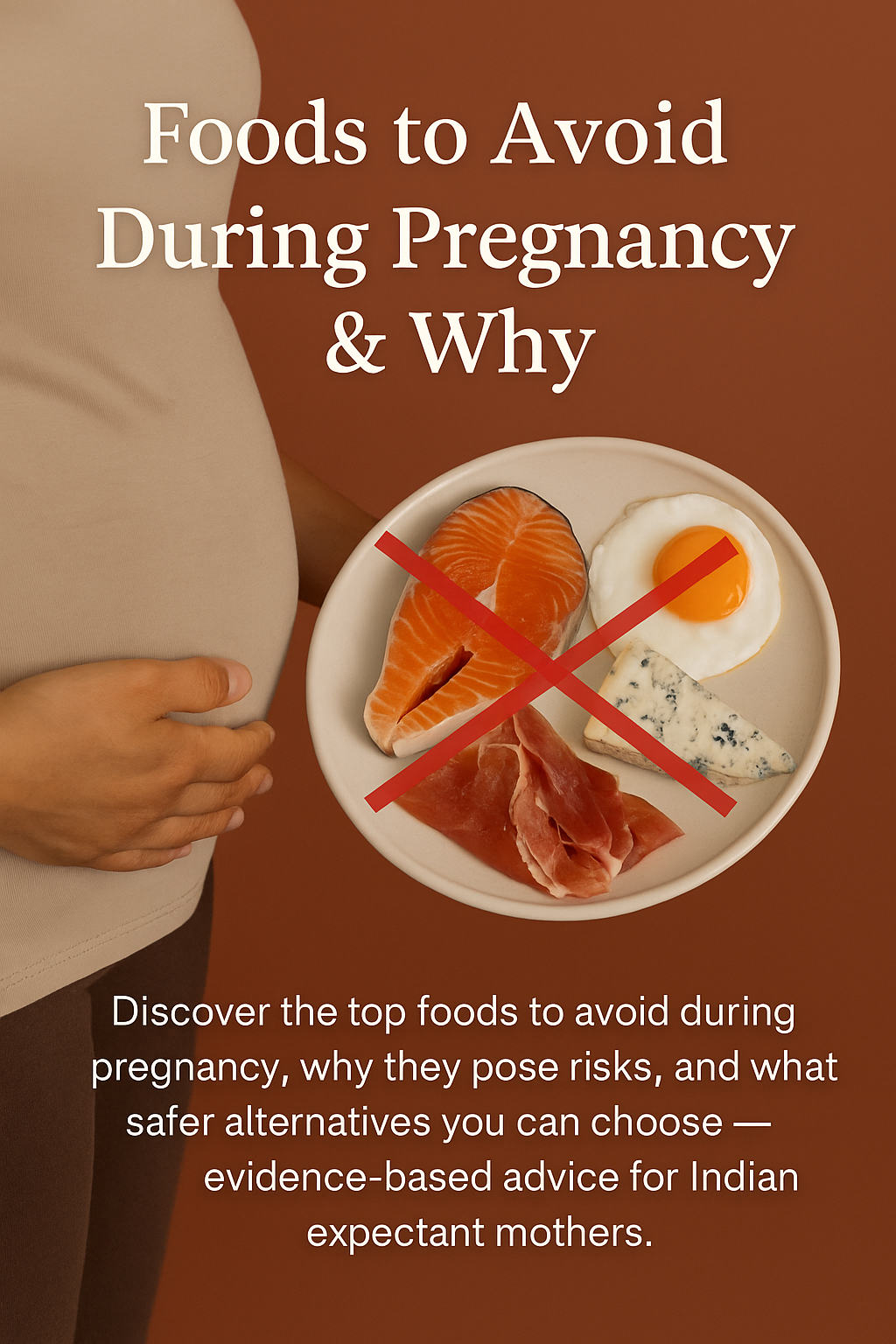Introducing your baby to their first foods is one of the most exciting milestones of parenthood. It marks the transition from exclusive milk feeding to exploring new tastes, textures, and nutrients that support growth and development. But with so much information (and misinformation) around, parents often wonder: When should I start solids? What should I give first? How do I make it safe for my baby?
This guide will walk you through the essentials — backed by science and pediatric guidelines.
📅 When to Start Solids?
-
Exclusive breastfeeding (or formula feeding) is recommended for the first 6 months.
-
According to the World Health Organization (WHO) and the American Academy of Pediatrics (AAP), babies should start complementary feeding around 6 months of age while continuing breast milk or formula until at least 12 months .
Signs your baby is ready for solids:
-
Can sit with support and hold their head steady.
-
Shows interest in food (watches you eat, opens mouth when offered food).
-
Can move food from a spoon into the throat (not just push it out with the tongue).
🥣 What Should the First Food Be?
There is no single “perfect” first food — cultures around the world introduce babies differently. The key is to start with safe, nutrient-rich, easy-to-digest options.
✅ Iron-Rich Foods (most important first choice)
At 6 months, babies’ iron stores begin to drop. Iron is crucial for brain development and preventing anemia.
-
Mashed lentils, and pureed beans.
-
Pureed spinach or green leafy vegetables (later stages).
✅ Other First Foods
-
Mashed fruits: banana, pear, apple (steamed and pureed).
-
Soft cooked vegetables: carrot, pumpkin, sweet potato.
-
Plain, unsweetened yogurt (if dairy is tolerated).
👶 10 Indian First Foods for Baby (with Recipes)
1. Rice Cereal (Homemade Rice Porridge)
-
Roast rice lightly, grind to a fine powder.
-
Cook 1 tsp rice powder in ½ cup water until soft, cool, and mash.
-
Option: mix with expressed breast milk or formula.
2. Moong Dal Porridge
-
Wash and pressure cook 1 tbsp moong dal in ½ cup water until soft.
-
Mash or blend to a smooth puree.
-
Add a drop of GHEE
3. Ragi Porridge (Finger Millet Porridge)
-
Roast ragi flour, mix 1 tsp in cold water.
-
Cook on low heat until smooth and slightly thick.
-
Cool and feed lukewarm.
4. Mashed Banana
-
Take half a ripe banana, mash smoothly with a fork.
-
Option: add a spoon of breast milk for smoother texture.
5. Steamed Apple Puree
-
Peel, core, and chop apple.
-
Steam until soft, blend/mash to a smooth puree.
-
Serve lukewarm.
6. Suji Kheer (Semolina Porridge)
-
Dry roast 1 tsp suji (semolina).
-
Add ½ cup water, cook until soft and smooth.
-
Cool slightly, serve plain (no sugar).
7. Vegetable Puree (Carrot / Pumpkin / Sweet Potato)
-
Steam or pressure cook chosen vegetable until soft.
-
Mash or puree with a little water.
-
Serve lukewarm.
8. Khichdi (Rice + Dal Mash)
-
Cook 1 tbsp rice + 1 tsp moong dal with extra water until mushy.
-
Mash well, remove any coarse particles.
-
Can add a drop of ghee for smoother taste.
9. Mashed Papaya
-
Take a small piece of ripe papaya, mash smoothly.
-
Ensure no strings or hard bits.
10. Homemade Curd (Plain Yogurt)
-
Offer 2–3 spoons of plain homemade curd (unsweetened, fresh).
-
Good for gut health and calcium.
Eggs as First Food for Babies
✅ When to Introduce
-
Current guidelines (AAP, WHO, ESPGHAN): Eggs can be safely introduced around 6 months along with other complementary foods.
-
Earlier advice to delay eggs (to prevent allergies) is no longer recommended. In fact, early introduction may reduce the risk of egg allergy.
🍳 How to Introduce Eggs Safely
-
Always fully cook eggs (both yolk and white) to avoid risk of salmonella.
-
Start with mashed, soft-textured yolk (easier to digest).
-
Later add scrambled or steamed whole egg, well-cooked and mashed finely.
-
Begin with ½ teaspoon and increase gradually.
🌿 Easy Baby Egg Recipes
-
Mashed Egg Yolk
-
Hard boil an egg, remove the yolk, mash smoothly with breast milk/formula.
-
-
Steamed Egg Mash
-
Whisk egg with water, steam until firm, mash before serving.
-
-
Scrambled Egg (No salt/spices)
-
Cook with a few drops of oil or ghee until soft, mash into small curds.
-
⚠️ Safety & Allergy Notes
-
Introduce eggs in the daytime, not at night, so you can watch for reactions.
-
Signs of allergy: rash, swelling, vomiting, breathing difficulty. If noticed → seek immediate medical care.
-
If family has strong history of food allergy → consult your pediatrician before starting.
✅ Benefits of Eggs for Babies
-
High-quality protein for growth.
-
Rich in iron, choline, B12, vitamin D, and healthy fats → important for brain and eye development.
🌰 Nuts and Seeds for Babies
✅ When to Introduce
-
Nuts and seeds can be introduced around 6 months, when complementary feeding starts.
-
But never give whole nuts or seeds to babies under 5 years — risk of choking.
-
Offer them only in smooth, safe forms (powder, paste, or well-blended).
🌟 Nutritional Benefits
-
Healthy fats (mono- and polyunsaturated) → brain and nerve development.
-
Plant protein → supports growth.
-
Iron, zinc, calcium, magnesium → essential micronutrients.
-
Omega-3 fatty acids (walnuts, chia, flax) → eye and brain health.
🥄 Safe Ways to Offer
-
Nut Butters (Unsweetened, Unsalted)
-
Almond, peanut, cashew butter → smear a thin layer on soft fruit (banana, apple puree) or mix into porridge.
-
Start with ¼ teaspoon to check tolerance.
-
-
Nut & Seed Powders
-
Finely grind roasted almonds, cashews, walnuts, flaxseeds, chia seeds, or pumpkin seeds.
-
Sprinkle a pinch into khichdi, porridge, or yogurt.
-
-
Soaked & Pureed Nuts
-
Soak almonds or cashews overnight, peel, and blend into a smooth paste. Add to baby foods.
-
⚠️ Safety & Allergy Notes
-
Introduce one nut/seed at a time, with a 3-day gap to monitor allergies.
-
Signs of allergy: rash, vomiting, swelling, difficulty breathing → seek immediate care.
-
Choose unsalted, unsweetened versions (avoid packaged nut butters with additives).
-
Never give chunks, whole nuts, or seeds to infants.
🌿 Best First Nuts & Seeds for Babies
-
Almonds → calcium, vitamin E, protein.
-
Walnuts → plant omega-3s.
-
Cashews → magnesium, iron.
-
Peanuts → protein, B vitamins (introduce early to reduce allergy risk).
-
Chia & Flaxseeds → fibre, omega-3s.
-
Pumpkin & Sunflower Seeds → zinc, iron.
✅ Key Takeaway
Nuts and seeds are excellent for babies if given safely (powder, paste, or butter). They provide healthy fats, protein, and micronutrients essential for growth — but must be introduced carefully with allergy monitoring.
✅ Tips for Parents
-
Introduce one new food at a time and wait 3 days before adding another (to check for allergies).
-
Keep texture soft and smooth initially → gradually progress to thicker and mashed foods.
-
No salt, sugar, honey, cow’s milk, or spicy foods in the first year.
-
Continue breast milk or formula as the main source of nutrition.
🚫 Foods to Avoid in the First Year
-
Honey (risk of infant botulism).
-
Cow’s milk as main drink (can be used in cooking/yogurt, but not as milk until after 1 year).
-
Salt and sugar (kidneys are immature; also avoid creating a preference for sweet/salty foods).
-
Choking hazards: whole nuts, grapes, popcorn, chunks of food.
🍽️ How to Introduce Solids Safely
-
Start with 1–2 teaspoons once daily, then slowly increase frequency and portion.
-
Offer a variety of textures (purees → mashed → soft finger foods).
-
Introduce one new food at a time; wait 3 days before adding another to check for allergies.
-
Continue breast milk/formula as the main nutrition until 12 months.
🌍 Cultural Approaches
-
In India, babies are often started on dal ka paani (but they should be given mashed dal due to higher nutrient content), mashed rice with ghee, or suji kheer.
-
In the West, iron-fortified rice cereal was common, but now pediatricians recommend more iron-rich whole foods from the start.
✅ Key Takeaways
-
Start solids around 6 months.
-
Prioritize iron-rich foods.
-
Introduce one food at a time, avoid honey, salt, and sugar.
-
Continue breastfeeding or formula alongside.
-
Make it fun, messy, and pressure-free — babies learn by exploring.
📚 References
-
World Health Organization. Infant and Young Child Feeding. WHO, 2023.
-
American Academy of Pediatrics. Starting Solid Foods. HealthyChildren.org, 2022.
-
Fewtrell M, et al. Complementary feeding: A position paper by the European Society for Paediatric Gastroenterology, Hepatology, and Nutrition (ESPGHAN).

Akanksha Sharma
Dr. Akanksha Sharma, Head Writer and creator of AtoZ of Pregnancy, is dedicated to empowering women, parents, and families through 360-degree knowledge. She and her team provide evidence-based advice to guide families through pregnancy, parenting and beyond.






